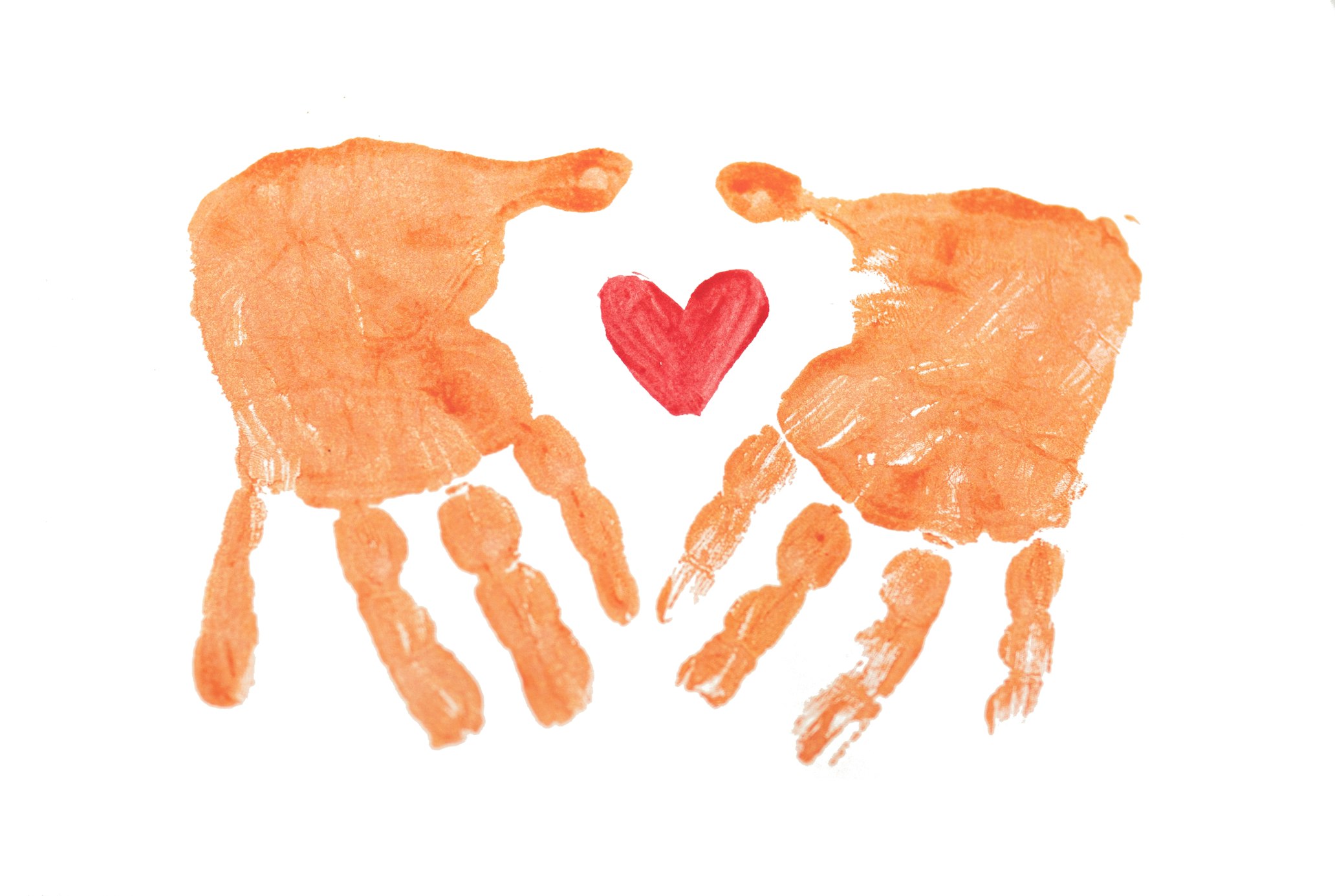
Eva and I spent a couple of hours on Saturday looking for Orange t-shirts. We went to several stores in the area but were surprised that there weren’t any for sale. Eventually we ended up at the Wanuskewin Gift Shop on Broadway in Saskatoon where we found a few shirts in 3X and 4X sizes! We were extremely pleased that we found something even if they are far too large.
“What’s the big deal about orange t-shirts?,” you may ask. Phyllis Webstad tells the story of the orange shirt that inspired Orange Shirt day. As she says,
“I went to the Mission for one school year in 1973/1974. I had just turned 6 years old. I lived with my grandmother on the Dog Creek reserve. We never had very much money, but somehow my granny managed to buy me a new outfit to go to the Mission school. I remember going to Robinson’s store and picking out a shiny orange shirt. It had string laced up in front, and was so bright and exciting – just like I felt to be going to school!
When I got to the Mission, they stripped me, and took away my clothes, including the orange shirt! I never wore it again. I didn’t understand why they wouldn’t give it back to me, it was mine! The color orange has always reminded me of that and how my feelings didn’t matter, how no one cared and how I felt like I was worth nothing. All of us little children were crying and no one cared.”
Today Orange Shirt Day has become the National Day for Truth and Reconciliation. I have already written on truth and reconciliation here, here, and here. Eva and I wanted to participate this year but I had a couple of questions, the most prominent of which is a logistical one: How can I be involved in Orange Shirt Day without also profiting from it? I would hate to be a participant in some kind of cultural appropriation and it would be an even greater shame for the oppressors to further profit from the day. For example, the Hudson’s Bay Company recently came under fire for selling Orange Shirts. This is especially poignant given the company’s history in Canada. Fortunately, the Company had followed the proper procedures, as outlined in the Orange Shirt Society’s guidelines. But that isn’t the case for every company doing this.
The next question I had was how do I go about the process of reconciliation particularly in a culturally appropriate way. I am working on a post about conflict resolutions in the Bible. Most Christians assume that Matthew 18 is the only way to do things. I happen to disagree with this but let’s agree with this for argument’s sake. What would that entail when it comes to truth and reconciliation in Canada? Since Mt 18 is all about bringing the offending sibling back into fellowship we need to recognise that that is us!
Us. I will say that my family history is full of discrimination and persecution. My father’s side has roots in the Mennonites who moved around the world trying to find places where their pacifism would be acceptable. They moved from the Netherlands to Prussia to the Ukraine and eventually ended up in Canada. My mother’s family has roots in the First Nations particularly in how the fur traders interacted with First Nations women that lead to a group of people known as country born. But in spite of this history of discrimination and persecution, I have grown up completely separated from those identities and live a life of privilege. So when I say that we are the offending sibling I am including myself in that. This is especially true for those involved in churches when talking about residential schools.
What can we do to foster truth and reconciliation? I can think of a couple of options that will lead toward reconciliation.
In reconciliation, the offenders don’t set the agenda. Rather, as the offending party we must place ourselves in a position of powerlessness. It’s not enough to apologise. Often when giving an apology I find myself frustrated that the offended party wants to talk more about how offensive I have been. All this shows is that I am not truly apologetic and I don’t want reconciliation. This is particularly hard when it comes to corporate evil. The Canada we know has been built in part on a flawed foundation that is in need of renovation. What does that renovation look like? Ask someone who is affected by the flaws to find out.
In reconciliation the offenders need to listen. We need to be humble and submissive and to listen to the stories of those we have offended because that is the only way for us to experience their pain. Let’s start this process by listening and watching as Phyllis Webstand tells us her story.
But as Phyllis says, her story is not unique. Another part of the reconciliation process is to find someone in our own community who we can share stories with. Only by sharing stories can we find truth and reconciliation!
Help is available. Call the 24-hour national Indian Residential School Crisis Line: 1-866-925-4419.
Feedback is always welcome.
Sharing is what friends do.
Image by Rod Long on Unsplash. Video by orangeshirtday.org.
